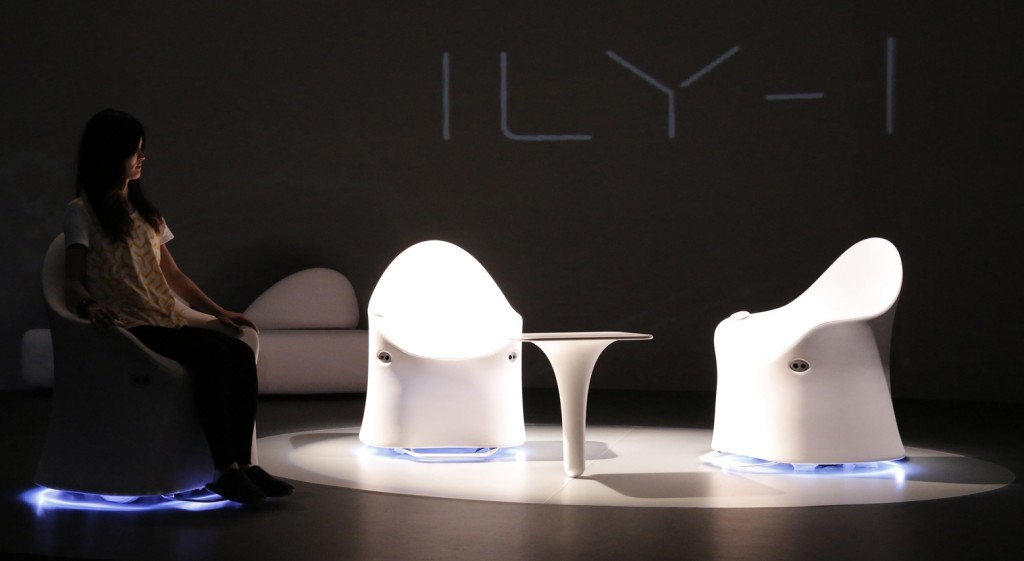Text: Cosmin Caciuc / Photo: Daisuke Ohki
From Jules Verne’s novels I reckon that it’s not cool to be a scientist without being eccentric and particularly controversial, or at least declarative. Ray Kurzweil, artificial intelligence director at Google, occupied by predictions of the future and by the 100 pills that he claims he’s taking daily to live longer, is no exception to this rule. His vision, in short: all roads lead to nanotechnology, that is, manipulated matter at atom level, so that natural and artificial boundaries can be dissolved, even in human tissue.
For philosophers that means headaches, for several epistemological and ontological chapters will be rewritten, along with aesthetics and ethics. For architects that means tremendous power over matter, “digital tectonics”! You might have forgotten Markos Novak’s projects in the late 90s, published in Architectural Design and the famous compendiums Architecture Now!. I imagine that not many have actually read his theoretical texts, that were enthusiastically preparing us for the most radical consequences of nanotechnology: a transphysical city for transmodern-aliens. The Vitruvian Man and Corbusier’s Modulor, replaced by aliens, nano-technological hybrids, cyborgs. The unnatural has now become natural. Robots, already old news, are an obsolete scare. Inspiration was found in another futurologist and expert in nanotechnology, John Storrs Hall. His coolest project, the so-called utility fog, or should I say “the nanobots fog”, claimed that at some point in the future, it will be able to form and unform matter, building materials, objects, the world around us and ourselves along with it.
In the vision of all these futurists, science inevitably leads to immense power to control matter and reinvent our existence. But no one gives convincing arguments about the reasons why we would want this. Seriously, why? Everything is inevitable, prophetic, oracular: therefore the new techno-cultural condition of excess appears to stem from a fatal combination of non-Euclidean geometry, electronics, quantum physics, genetics, Internet, miniaturization and parametrization.
Now if we know what awaits us with the nanobots, the funny project of Japanese team AISIN published in this number (#135 – June 2015) may already appear obsolete: instead of inventing another robot that climbs stairs and says hello, more or less scaring real-life people, they made a piece of furniture and other one for personal transportation become smarter and friendlier: ILY-I is an intelligent and interactive armchair and ILY-A is an electric tricycle for one person, that can turn into four configurations and recognizes stationary and moving objects, reducing speed and controlling the brakes automatically. Obviously, before nanobots, we will start talking to the fridge, TV, tricycle, bathroom sink and door mat. I cannot tell if this is bad or not, but certainly it will be fun… At least for a while. After that, we will become suspicious lest the appliances should suddenly think with their own minds and eat us while we sleep.


